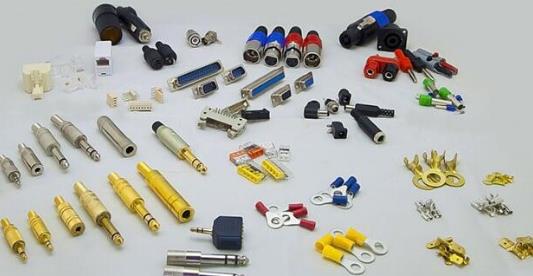What Functions Do Waveguide Gaskets Serve?
Waveguide gaskets are essential components in the assembly of microwave and radio frequency (RF) systems, playing a critical role in ensuring efficient and reliable signal transmission. These gaskets are designed to provide a secure seal between waveguide sections or between waveguides and other components, such as antennas or transceivers. Understanding the specific functions of waveguide gaskets can greatly enhance the overall performance and longevity of high-frequency communication systems.

Ensuring Signal Integrity
Minimizing Signal Leakage
One of the primary functions of waveguide gaskets is to minimize signal leakage at the joints between waveguide sections. Effective sealing is crucial, as even minor leaks can lead to significant losses in signal strength and quality. Waveguide gaskets are manufactured to precise specifications to fit snugly within flange connections, effectively creating an airtight seal that keeps the integrity of the transmitted signal within the system.
Protecting Against Environmental Factors
Waveguide gaskets also protect the internal components of waveguide systems from environmental factors such as moisture, dust, and other contaminants. These elements can degrade the materials inside the waveguides, leading to reduced performance and potential system failures. By providing a robust barrier, these gaskets help maintain the cleanliness and dryness of the waveguide's interior.
Reducing Reflections and Crosstalk
The placement of gaskets in waveguide systems helps reduce reflections and crosstalk between adjacent waveguide sections. This is achieved by ensuring that the waveguide sections are precisely aligned and firmly connected, preventing any gaps that could cause reflections or allow signal interference from other parts of the system.
Applications in Various Technologies
Telecommunications
In the telecommunications industry, waveguide gaskets are used extensively in the infrastructure of satellite and ground-based communication systems. These systems require the precise routing of microwave signals over long distances, where even minimal leakage or interference can result in communication errors and data loss.
Radar and Aerospace Systems
Waveguide gaskets play a vital role in radar and aerospace systems, where high-frequency signals are used for navigation, communication, and operational control. These applications demand the highest levels of signal fidelity, which can only be achieved by ensuring all connections within the system are secure and leak-proof.
Scientific and Medical Equipment
In scientific research and medical imaging technologies, such as MRI machines, waveguide gaskets ensure that the sensitive microwave components operate within controlled environments. This control is necessary to achieve the high precision required in scientific measurements and medical diagnostics.
Enhancing System Reliability and Maintenance
Longevity and Durability
Waveguide gaskets contribute to the longevity and durability of RF systems by protecting critical components from wear and tear over time. Their ability to withstand high temperatures and resist chemical degradation makes them ideal for use in a variety of industrial settings.
Ease of Maintenance
The use of standardized waveguide gaskets simplifies maintenance and replacement procedures. Technicians can easily replace old or damaged gaskets without the need for extensive system overhauls, thus minimizing downtime and maintenance costs.
Waveguide Gasket technology is essential for maintaining the efficiency, reliability, and integrity of RF and microwave systems. By providing a critical seal that minimizes leakage and protects against environmental damage, waveguide gaskets ensure that these high-tech systems can operate at their optimal performance levels in various demanding applications.